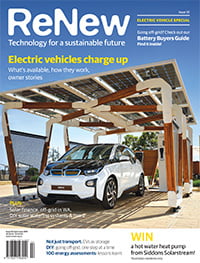100 home energy assessments: Assessing the process
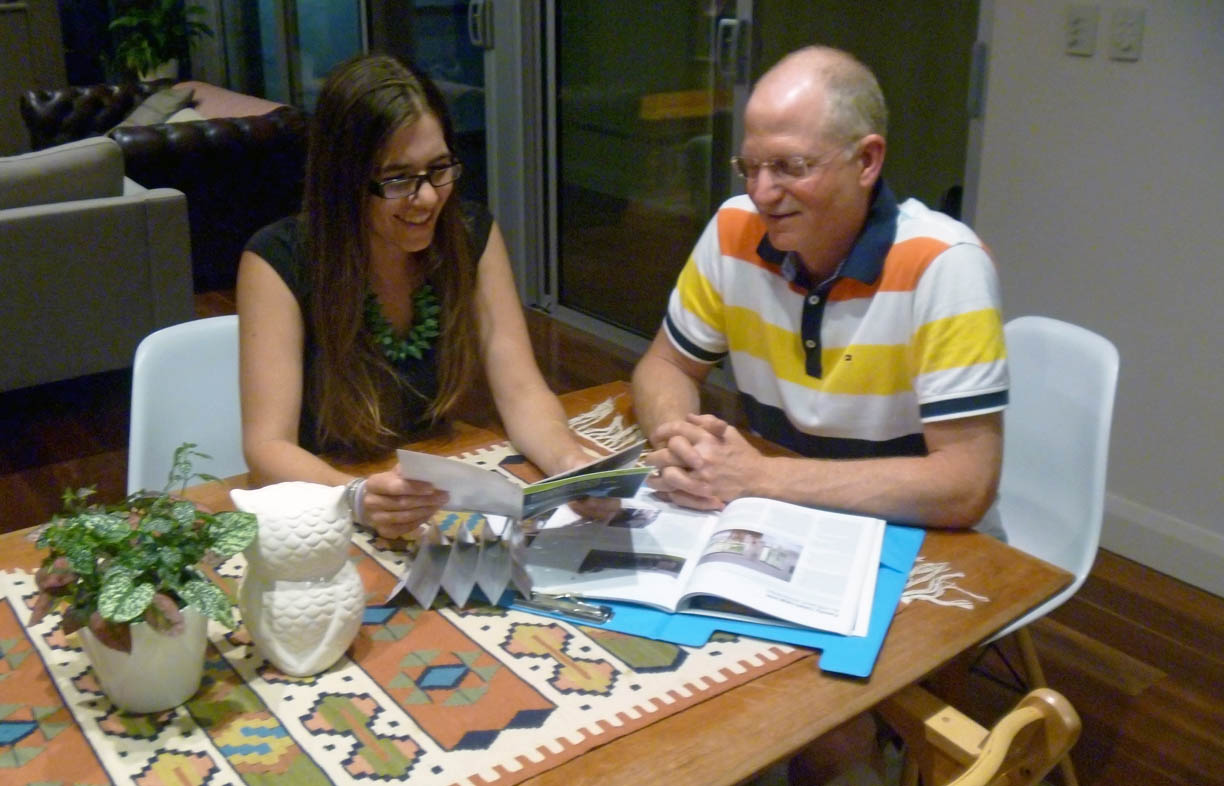
Simple discussions with householders can shine a light on common energy efficiency problems. Tim Forcey shares the process and lessons learnt in a recent round of council-funded home energy assessments.
This article was first published in Issue 131 (April-June 2015) of Renew magazine.
In late 2014, a local council in eastern Melbourne committed to deliver 100 home energy assessments as part of a sustainability outreach program. They contracted Positive Charge—a social enterprise set up by Moreland Energy Foundation Ltd—to do the assessments over a six-week period, and I was one of the two assessors. It was interesting to observe which residents took up the offer, what they needed help with, and to consider how effective the assessments were. This article is an attempt to share what we learnt.
Over 90,000 people live in the council area where this project took place, so 100 free consultations were not going to change the world, but perhaps would be a step to something bigger.
Such home energy assessments have been done for many years in many ways. Some have been done informally by volunteers—neighbours helping neighbours. Some have been done within the strict requirements set by federal, state or local governments. Some have been done at no cost to the resident, while others have involved thermal imaging cameras and blower doors and cost more than $400. Some energy retailers have trained up assessors and then pulled the plug on the whole thing without a single assessment being delivered.
Getting the word out
This service was offered at no charge to residents, but council advertisements noted that assessments were “valued at $250”. Residents were informed about it via council newsletters, notices in the local paper, flyers sent out by politicians in the lead-up to the Victorian state election and a stall and ad hoc spruiking at a local community festival. When residents responded with a phone call to Positive Charge, a member of the team scheduled a one-hour assessment.
The process
One thing we learned fairly quickly was that we shouldn’t call them ‘assessments’; ’consultations’ would be more acceptable (and more accurate). As I walked through a client’s front door, they immediately asked me, a bit defensively, “So, what are you going to assess?” To which I replied, “Nothing! Let’s talk about whatever you want to talk about.”
Upon arrival at a client’s residence, I’d first locate a table where we could work, with enough room for my binder full of photos, reference materials and fact sheets. I’d then ask the homeowner or tenant what they wanted to discuss. During the booking phone call, Positive Charge staff had usually tried to gather some of this information, so residents were already focused on what they wanted to achieve from the consultation.
I would then write down what the resident was saying, for my own use over the course of the hour. Next, I would ask the resident to also grab a pen and a paper so they could take notes or jot down ideas. The aim of the hour was simply to come up with some ideas and actions in a loosely prioritised list, rather than there being an official follow-up report.
Sometimes what they wanted was about ‘bang for the buck’. For some, it was about improving their desperately uncomfortable homes; achieving positive environmental outcomes was usually in the mix as well.
Next, I would have a quick squiz around the home, asking things like, “How is the house on a cold winter day, or during summer heat waves?” We would check out the space heating and cooling systems, their means of water heating, how many fridges were hiding in the garage, the extent of window treatments, the style of lighting, the air-tightness of the house and so on. Then, back to the table—a quick look at gas and electricity bills—and then it was time to start the list!

Lessons learnt
What did we discover in delivering this program? Well, as you can probably tell from what I’ve described so far, this was not an exercise in collecting lots of data nor in making quantified conclusions. How much action the residents would eventually take was another unknown, although their level of enthusiasm was undeniably high. But following are some of the many things we learnt, as well as the questions left unanswered.
Program uptake
We succeeded in delivering 100 consultations, but only just. It was disappointing that we did not have 500 residents clamouring for free consultations. Why not? Perhaps, with programs such as these that may be a one-off, delivered from beginning to end over just a few weeks, there is limited opportunity for word-of-mouth to spread across the community. A more sustained long-term program, across different seasons, might achieve a greater response.
Nevertheless, we did seem to be servicing all sorts of residents: property owners and tenants; older folks and younger; people living on their own; raucous families trying to have a home energy discussion and eat dinner at the same time; ‘Toorak mansions’ and more humble abodes; folks with small footprints and others with very large footprints who nevertheless were keen to make some changes; people with money to spend on these changes and people with not much; people about to renovate, and people suffering after that renovation-gone-wrong.
Problems found
There were many problems that cropped up again and again, including:
- poor draught sealing, particularly of wall vents: these always seemed to make the list. Folks were often amused when I mentioned that, traditionally, wall vents were needed in the days when gas lights prevailed. And so I would ask, rhetorically, “Do you have any gas lights?”
- insulation, insulation, insulation! Very few homes have adequate insulation.
- downlights, downlights, downlights (!), and all of their shortcomings; although, it was very pleasing to tour the occasional home already fully fitted with LEDs.
- solar: if folks didn’t already have it, they were keen to learn more about it.
- window treatments: people don’t realise how much summer heat can pour through an untreated window, with the unfortunate outcome that, these days, the problem is solved simply by flicking on the new air conditioner.
- hot water pipe insulation—if any! I saw more than one installation where the plumber had installed uninsulated hot water copper pipe straight into the ground, with the residents admitting they did wonder why it took so long for the hot water to arrive at the sink.
- smart meters and the information they can provide: very few people are aware of this, and therefore many were amazed with what can now be done to access electricity-consumption data, and to remove the mystery and suspense around just how big the next bill is going to be.
- house design: now after my experiences, I cringe when I see that flat-roofed space simply tacked on to the back of the house, often with a very narrow space which only allows for minimal insulation. Or worse yet, too often the focus of home designers seems to be on style and appearance before thermal efficiency and what future occupants will have to pay in energy costs in order to be comfortable.
Short, sharp and effective
This program showed me that there’s a great need to provide information to residents so they can prioritise ways to improve the comfort of their homes, tame their energy bills and reduce their environmental footprint. I can’t think of a better short-and-sharp way to deliver that information than the method devised by Positive Charge. Hopefully, we will see more opportunities like this because just in that one council area there are another 89,000+ residents we’d like to meet!
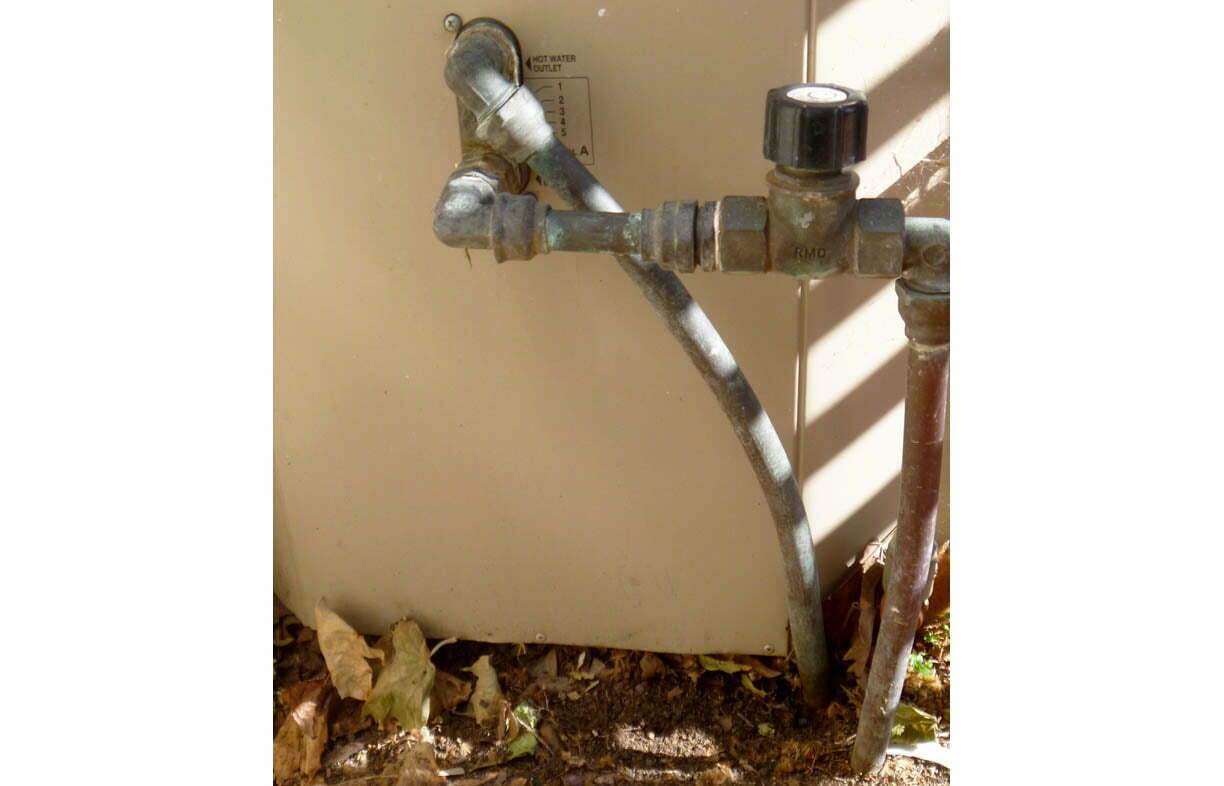
This article was first published in Issue 131 (April-June 2015) of Renew magazine. Issue 131 is an electric vehicle special.
Related articles
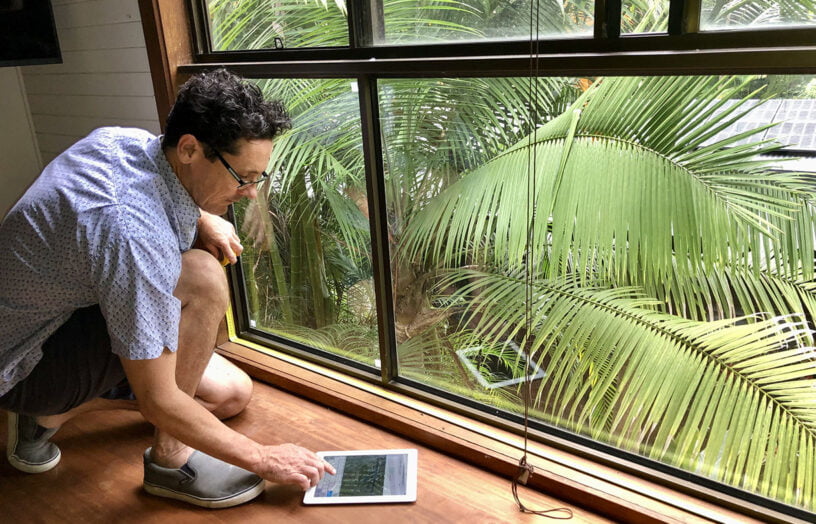 Efficient homes
Efficient homes
So you want to be a home energy assessor?
Renew’s sustainability researcher Rachel Goldlust shares what she’s learnt.
Read more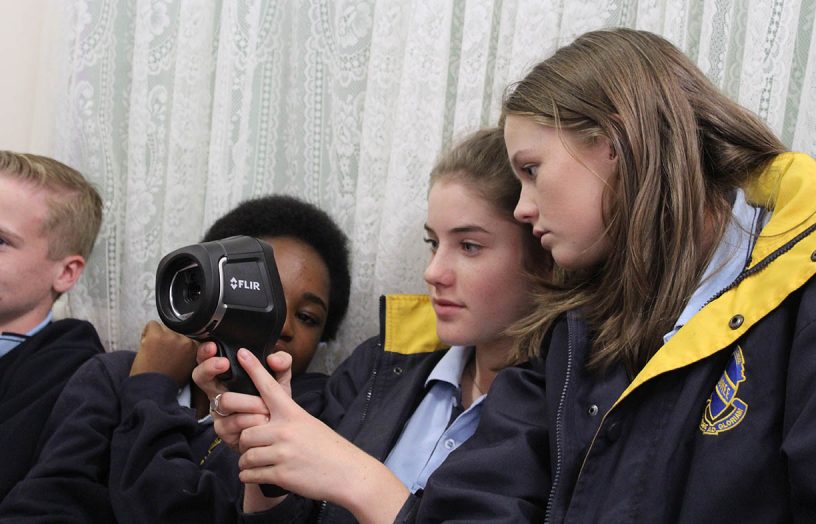 Community
Community
Students get behind an infrared camera
These high school students learnt how to test for air leakage and become proficient DIY-installers—leading to great results for the homes involved, and benefits for the whole community.
Read more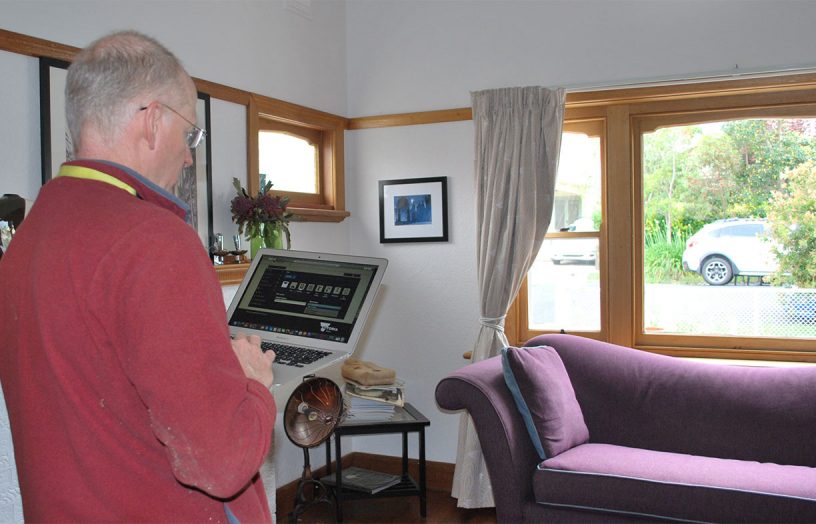 Energy assessments
Energy assessments
Scoring your home: Energy efficiency scorecards
Energy efficiency scorecards promise a way to compare homes and kickstart energy efficiency and liveability improvements, for both renters and homeowners. Renew's Katy Daily looks at how the Victorian government’s Australian-first scorecard scheme could help her draughty rental home.
Read more

